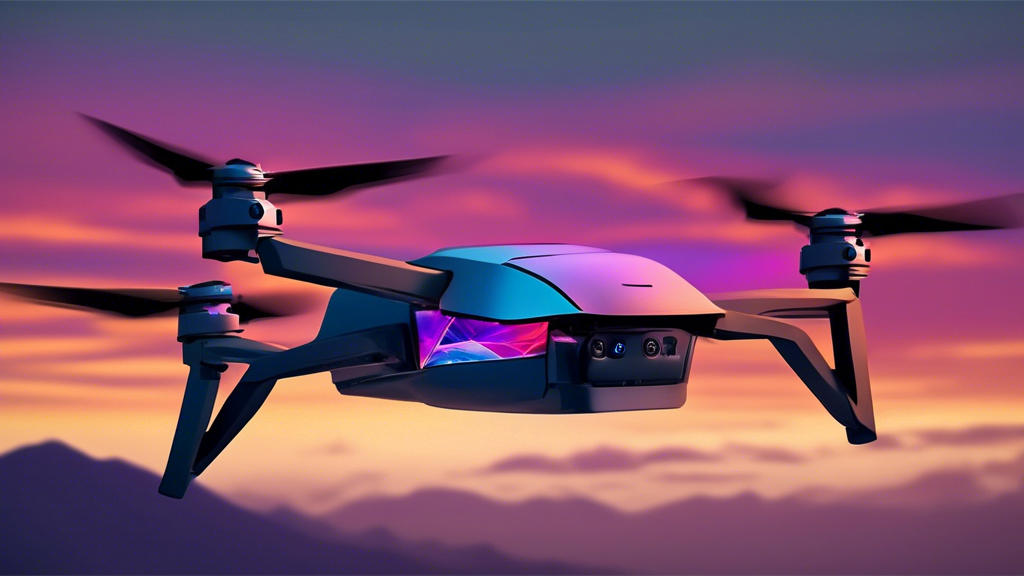RTI’s Air Force Contract: Ushering in a New Era of Autonomous Systems
Have you ever wondered what’s happening behind the scenes to make our military’s drones smarter and safer? Well, Real-Time Innovations (RTI) has an exciting project in the works. Recently, RTI was awarded a $1.25 million Small Business Innovation Research (SBIR) Phase II contract by the U.S. Air Force. This funding aims to build a secure and standardized AI framework tailored for the Air Force’s unique needs. The project is rather ambitious but equally fascinating, as it promises significant advancements in how unmanned systems are managed and operated.
The Heart of the Project: Autonomous Systems
RTI is focusing on developing autonomous systems for long-range, non-lethal drones that handle surveillance, electronic warfare, and communications. You might think this sounds like something straight out of a sci-fi movie, but it’s happening now. The idea is to create drones that can think and act more independently, reducing the workload for human operators. The RTI Connext tool will serve as the backbone for this project, ensuring seamless distributed communication among these advanced flying machines.
What Kind Of Insights Does Explore New Tech Offer About Future Tech Trends?
So, why is this important? Picture this: drones performing complex tasks like surveillance or electronic warfare autonomously while remaining secure and reliable. This isn’t just about flashy tech; it’s about creating tools that can profoundly affect mission success. RTI’s project taps into model-based systems engineering and rigorous testing to ensure these systems meet stringent safety, security, and reliability standards. After all, would you trust a drone that can’t reliably communicate with its base?
RTI Connext: The Communication Backbone
The RTI Connext tool isn’t just another piece of software. It’s a critical component that addresses distributed communication needs for these sophisticated systems. Think of this software as the essential glue that holds everything together. It offers features like access control, self-discovery, and robust security measures. By allowing these systems to communicate efficiently and securely, RTI Connext ensures that the drones can operate smoothly even in complex, demanding environments.
One of the standout features of RTI Connext is its proven track record across many industries. With over 2,000 systems, including autonomous vehicles and major defense programs, relying on RTI Connext, the tool’s credibility speaks for itself. This makes RTI’s choice to use it a smart move that reduces development costs through its modularity and less code requirement. It’s like getting a Swiss Army Knife instead of carrying around multiple tools—you get more functionality with less hassle.
Beyond just communication, this framework is designed to integrate advanced sensing, fast control, and AI algorithms. This means different applications can work together like a well-oiled machine. The bigger picture here involves various SBIR-funded efforts aimed at enhancing the autonomous capabilities of unmanned platforms. These platforms could be the key to bridging gaps between human operators and increasingly autonomous machines. So, the next time you hear about cutting-edge drones or unmanned systems in the military, you might just have RTI and their innovative approach to thank.
In the words of a project lead at RTI, “This is more than a contract; it’s an opportunity to shape the future of autonomous systems.” It’s not every day that we get to witness such transformative work—and it’s even better knowing it’s happening right now, with real changes on the horizon. So stay tuned, because the future of military tech is looking brighter and more interconnected than ever before.
